Main Navigation Menu
© 2025 Tech Jacks Soutions, All Rights Reserved
© 2025 Tech Jacks Soutions, All Rights Reserved
Nintendo’s announcement of Super Mario Galaxy 1 + 2 for $70 has ignited a firestorm of criticism that exposes the company’s transformation from beloved underdog to gaming’s most ruthless price gouger.
The beloved platforming classics now carry a premium price tag that exceeds what Nintendo charged for three games in 2020’s Mario 3D All-Stars collection, marking a watershed moment in the company’s increasingly aggressive monetization strategy.
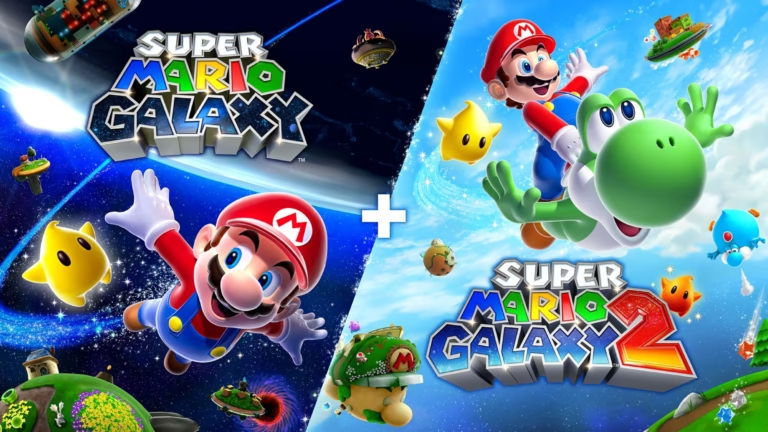
The bundle containing both Wii games — remastered and including extra content and amiibo functionality — will set you back $70, physical or digital Nintendo LifeVideogames Chronicle, while both games are available separately (digitally) on the eShop, too, for $39.99 / £33.99 each Super Mario Galaxy 1 + 2 Prices Are Live, And It’s Sticker Shock Time | Nintendo Life. This represents a staggering markup over historical pricing, revealing Nintendo’s confidence in exploiting customer loyalty.
The price increase becomes particularly egregious when compared to Nintendo’s own precedent. In 2015 both games were released on the Wii U eShop in unenhanced form and with a discount $20 price point Nintendo wants $70 / £59 for the Super Mario Galaxy 1 & 2 remaster | TheSixthAxis, while Nintendo’s last anniversary collection, Super Mario 3D All-Stars, which included three titles and was only on sale for a year Nintendo’s Switch Mario Galaxy collection will retail for $70 | VGC cost $60.
The mathematics are damning: Nintendo previously valued Galaxy at $20 as part of a three-game collection, yet now charges $40 individually or $70 for two games. This represents a 250% price increase for Galaxy alone, with no justification beyond market positioning.
The Galaxy pricing controversy cannot be separated from Nintendo’s broader strategy of normalizing premium pricing through the Switch 2 launch. Mario Kart World will cost $80, marking Nintendo’s priciest game that doesn’t include a physical accessory GameSpotTheGamer, establishing a new ceiling for first-party Nintendo software.
Nintendo of America’s Vice President of Product and player experience, Bill Trinen, explains that “whenever we look at a given game, we just look at what is the experience, and what’s the content, and what’s the value?” Amid Switch 2 price backlash, Nintendo exec says Mario Kart World justifies its shock $80 price because it’s “probably the richest Mario Kart experience” fans will have ever had | GamesRadar+ This corporate doublespeak masks a simple reality: Nintendo prices games based on what consumers will pay, not development costs or content value.
The company’s tiered pricing strategy reveals a calculated approach to market segmentation. Mario Kart World – New Game will cost $80 physical/Digital United States, other places digital is cheaper Let’s clear up the Switch 2 first-party price confusion (Read OP) | ResetEra while Donkey Kong Banaza – New Game will cost $70 physical/digital Let’s clear up the Switch 2 first-party price confusion (Read OP) | ResetEra, suggesting Nintendo is testing price elasticity across different franchises.
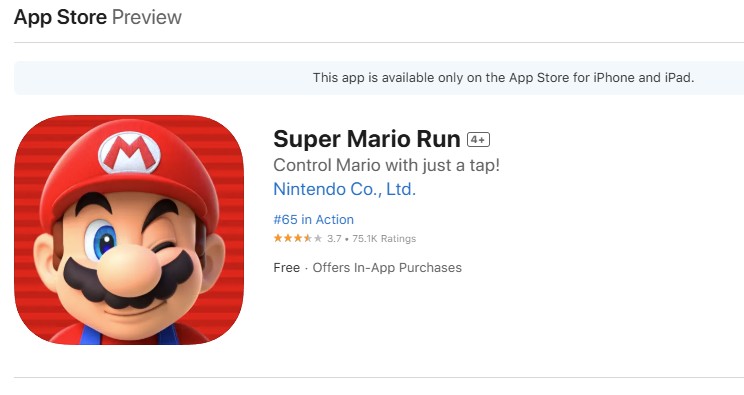
Nintendo’s transformation mirrors Apple’s evolution from scrappy innovator to luxury lifestyle brand. The company leverages nostalgia and brand attachment to justify increasingly aggressive pricing that would be unacceptable from competitors.
The community is torn between anger and excitement. On the one hand, it’s exciting to play Mario Galaxy 1 and 2 on Nintendo, but it’s also concerning to recognize the exploitation. This emotional manipulation exemplifies sophisticated consumer psychology: Nintendo understands that attachment to childhood memories can override rational price evaluation.
The strategy extends beyond individual games to ecosystem lock-in. Players who invested in 3D All-Stars now face a choice: accept that their $60 purchase didn’t include Galaxy 2, or pay an additional $40 for a 15-year-old game. This forces double-dipping among Nintendo’s most dedicated customers.
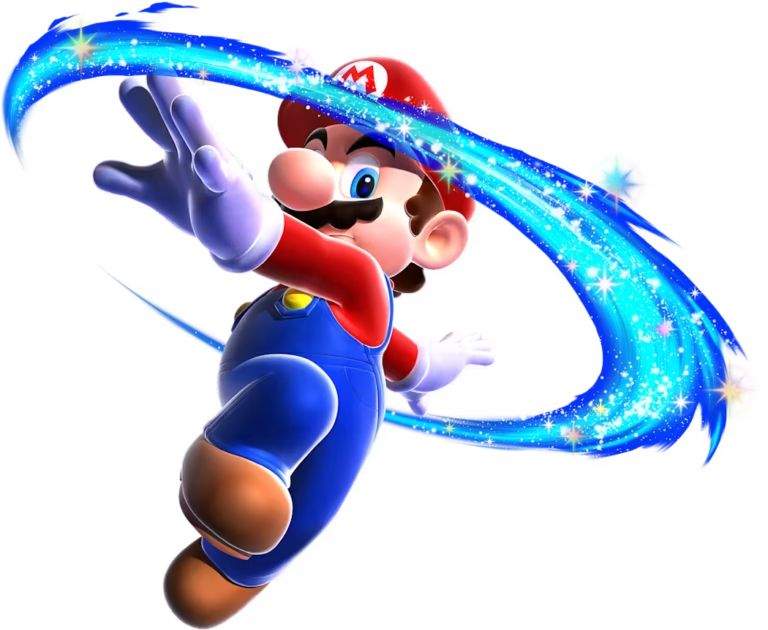
Nintendo attempts to justify Galaxy pricing through technical enhancements, but the improvements are cosmetic rather than substantive. You will be able to play the games docked at 4K and at 1080p in handheld mode.
Further enhancements have not been announced Super Mario Galaxy 1 + 2 will both get enhancements on Nintendo Switch 2 – My Nintendo News, suggesting minimal development investment.
Screenshot comparisons suggest that the titles are more than simple ports New Super Mario Galaxy Switch 2 version may justify high price with unexpected graphical upgrades – NotebookCheck.net News, but enhanced textures and resolution scaling represent standard remaster techniques that don’t warrant premium pricing. Emulation enthusiasts have achieved similar results for years using free software.
The comparison to contemporary releases further undermines Nintendo’s value proposition. Metroid Prime Remastered, which was wonderfully remastered and became much more beautiful than the original release cost 40, too Bad News Everyone, Super Mario Galaxy 1+2 On Switch Will Be $70, yet delivered comprehensive visual overhauls that Galaxy’s updates don’t match.
Insane. Galaxy 2, should be no more than $20 Super Mario Galaxy 1 + 2 Prices Are Live, And It’s Sticker Shock Time | Nintendo Life represents the prevailing sentiment among longtime Nintendo fans who remember when the company prioritized accessibility over premium pricing. Fans are angry about what they see as high prices for remastered classics, which has sparked a long-running debate about how Nintendo values its customers and keeps them loyal Nintendo in Hot Water: Mario Galaxy Price Sparks Controversy Going Wilder | NoobFeed.
The backlash extends beyond hardcore enthusiasts to mainstream consumers. This is way too overpriced even tho these are my favorite games of all time, between this and showing more paid DLCs than new games I’m really not liking how greedy Nintendo is starting this generation Super Mario Galaxy 1 + 2 Prices Are Live, And It’s Sticker Shock Time | Nintendo Life demonstrates that even devoted fans recognize the company’s shifting priorities.
Reddit discussions reveal sophisticated consumer analysis of Nintendo’s tactics. Users document the fact that they already put out cuz I had forgotten about Super Mario Allstars Super Mario Galaxy 1 + 2 Prices Are Live, And It’s Sticker Shock Time | Nintendo Life and now they’re releasing the same game again, but with a different thing Super Mario Galaxy 1 + 2 Prices Are Live, And It’s Sticker Shock Time | Nintendo Life, recognizing the pattern of artificial scarcity and re-releases.
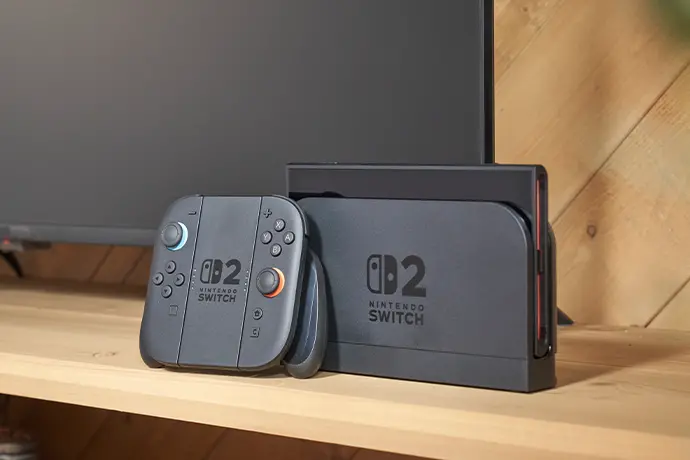
Galaxy’s $70 price tag represents one component of Nintendo’s comprehensive price increase strategy. Players will also have to pay to upgrade Nintendo Switch games for the Nintendo Switch 2, and fork up a whopping US$80 for games like The Legend of Zelda: Breath of the Wild on the new console Nintendo confirms US$80 to US$90 price hike for Nintendo Switch 2 games | GosuGamers.
This creates a perfect storm of consumer exploitation: existing Switch owners must pay upgrade fees for games they already own, while new customers face record-high software prices. The strategy maximizes revenue extraction from both loyal customers and new adopters.
In Canada we’ll likely see $100 games Nintendo Switch 2 Launches at $449.99 USD, £395.99, ¥49,980, and 469,99 € – News – Nintendo World Report due to currency conversion, demonstrating how Nintendo’s pricing strategy affects international markets disproportionately. The company shows no concern for regional economic differences in implementing its premium pricing structure.

Nintendo’s confidence in aggressive pricing stems from market validation of their strategy. it’s number six on Amazon sales for the physical $70 copy Super Mario Galaxy 1 + 2 Prices Are Live, And It’s Sticker Shock Time | Nintendo Life proves that consumer criticism doesn’t translate to purchase resistance.
This disconnect between stated consumer preferences and actual buying behavior enables Nintendo’s pricing escalation. A lot of people are upset about the game, but early sales show that nostalgia and the desire to collect may be stronger than the criticism Nintendo in Hot Water: Mario Galaxy Price Sparks Controversy Going Wilder | NoobFeed.
The company correctly calculated that Mario’s brand power overcomes price sensitivity. Nintendo is seemingly confident the 60 million people who own that game will be willing to pay more than they have ever paid for a Nintendo game before to play World Nintendo Switch 2 Price Confirmed, Mario Kart World Will Cost $80 demonstrates how market dominance enables pricing power.
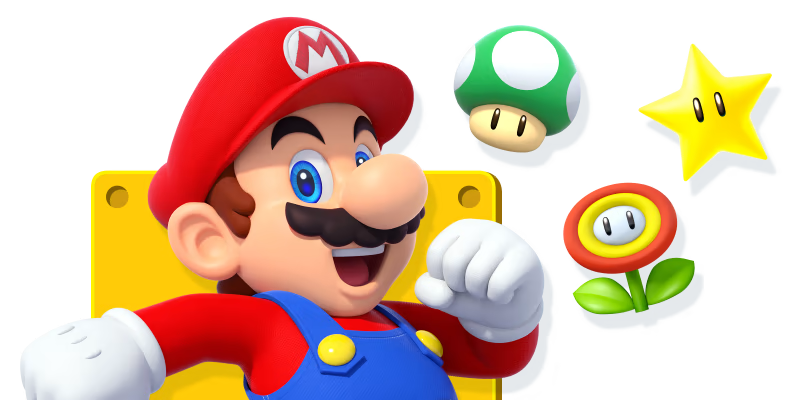
Nintendo’s Galaxy pricing represents the culmination of a strategy that exploits emotional attachment to beloved franchises for maximum profit extraction. The company has successfully transformed from the “affordable alternative” to gaming’s most expensive platform through careful market conditioning and brand exploitation.
The $70 Galaxy bundle exemplifies everything wrong with modern Nintendo’s approach to customer relationships. By pricing 15-year-old games higher than they’ve ever been sold, Nintendo demonstrates contempt for the financial constraints of average consumers while banking on nostalgia to overcome rational price evaluation.
More troubling is the precedent this sets for future releases. If Nintendo can charge $70 for enhanced Wii games, what prevents $80 remasters of GameCube titles or $90 collections of N64 games? The company has established that no price point is too high if the brand attachment is strong enough.
The Galaxy controversy also reveals Nintendo’s transformation into the “Apple of gaming” – a premium lifestyle brand that prioritizes profit margins over accessibility. This strategy may generate short-term revenue maximization but risks alienating the broad audience that made Nintendo a household name.
Smart consumers should recognize this pricing strategy as unsustainable and exploitative. Nintendo’s confidence in charging premium prices for minimal content improvements reflects a company that has lost touch with the value expectations that built its reputation.
The most damaging aspect of Nintendo’s current strategy is how it betrays the company’s historical identity as the accessible, family-friendly alternative to expensive gaming. By pricing out average consumers through aggressive monetization, Nintendo abandons the democratic gaming philosophy that made it beloved.
Vote with your wallets accordingly. Nintendo’s pricing power exists only as long as consumers validate it through purchases. The Galaxy controversy represents an opportunity to establish boundaries around acceptable pricing that preserves gaming affordability for future generations.
